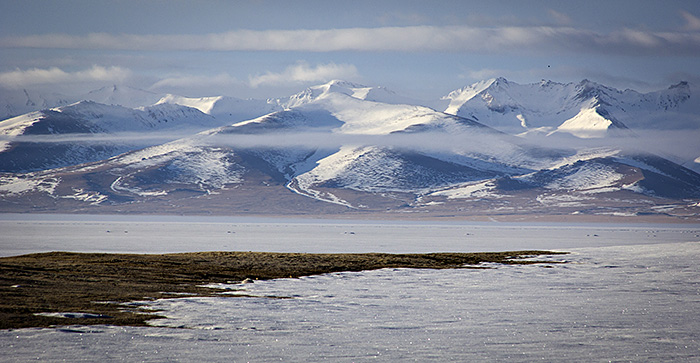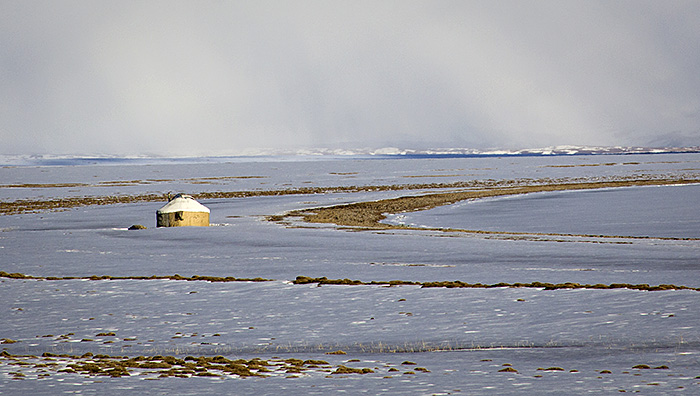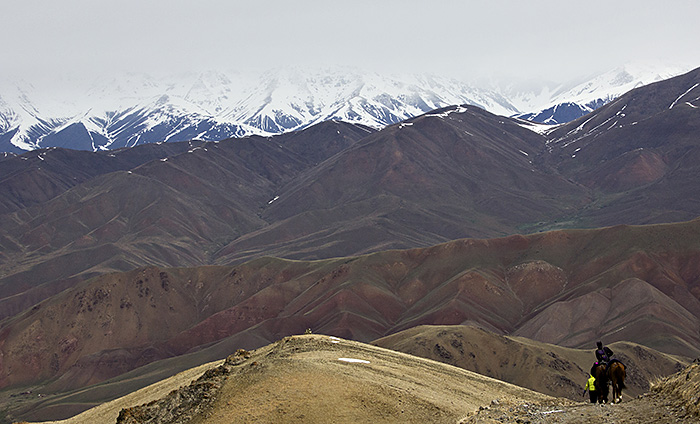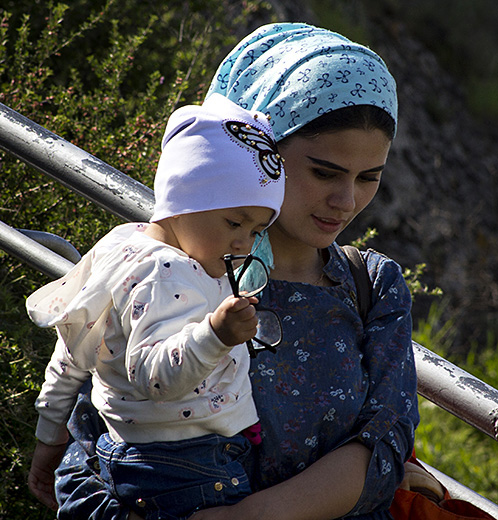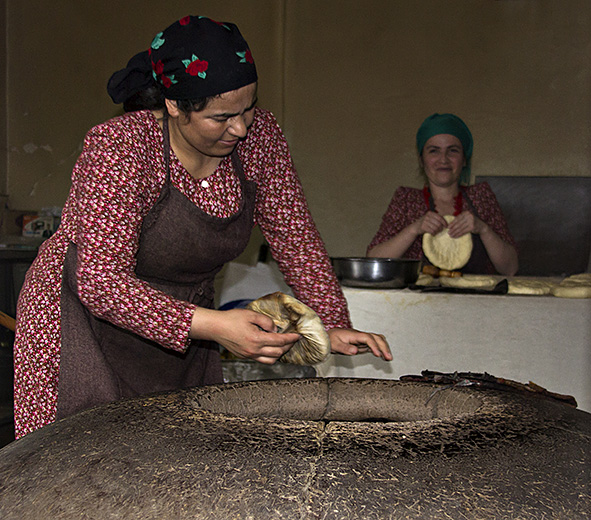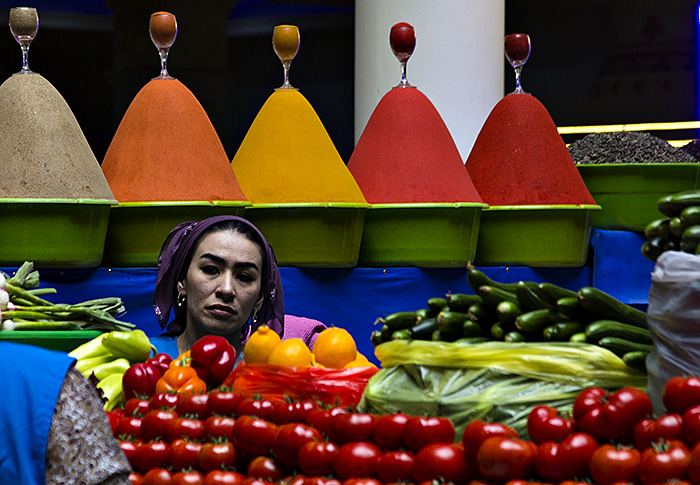Hi dear readers! After the Indian subcontinent the journey continues in Central Asia, the region that includes five states of the former Soviet Union: Kazakhstan, Kyrgyzstan, Tajikistan, Uzbekistan and Turkmenistan (where, however, I will not go because it is too complicated have a visa).
These states, whose names are not familiar to us because they were created by the Soviet Union when they were already incorporated into it, were previously inhabited largely by nomadic or semi-nomadic populations that had no real borders.
At the collapse of the Soviet Union they became independent and since then their history is quite similar. Excluding Kyrgyzstan, they have all been led for decades by some already well-known leader of the local communist party, who has changed the name of the party and promoted a cult of personality that in the case of Turkmenistan has reached the ridiculous, with golden statues of the mother of Niyazov dictator scattered everywhere.
Almost everywhere, any political opposition has been silenced with fierce repression, torture and murder, and almost everywhere ethnic and religious conflicts have exploded (in Tajikistan shortly after independence there was even a civil war that caused over 60,000 dead, in Kyrgyzstan in 1990, already before the collapse of the Soviet Union, and then in 2010 there were ethnic clashes between Kyrgyz and Uzbeks that caused at least a thousand deaths, especially among the Uzbeks).
Repression and violations of human rights have sometimes reached chilling levels, such as the Andijon massacre in Uzbekistan on May 13, 2005, when a largely peaceful demonstration was smothered in blood, leaving almost 1000 civilians dead.
This news usually does not have much space in the Western media because don’t match with the story of the states of the former Soviet Union finally free, happy, prosperous and democratic, and also because the United States had always preferred to turn a blind eye to these continuous violations of human rights in exchange for logistical and strategic support for the war in Afghanistan, plus the usual economic interests.
In contrast, however, the atmosphere is very quiet and the people very hospitable. The only real problem for travelers is that few people speak English and therefore to move around is a bit difficult. For vegetarians (like me) it is sometimes a bit complicated to order something to eat in the Cyrillic menus, especially since the local cuisine makes great use of meat.
I put the photos and I tell you in the meanwhile.
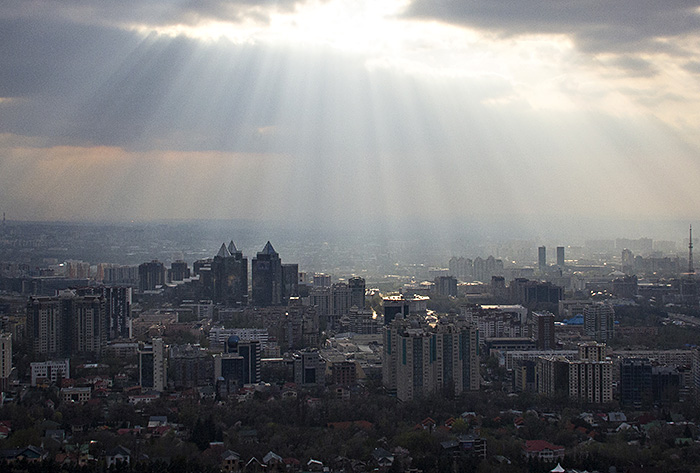 From Delhi I flew to Almaty in Kazakhstan. The flight had to last only 3 hours, but lasted more than 7 hours due to the blockage of the airspace with Pakistan for the usual skirmishes regarding the Kashmir. The plane had to make a very wide circle all around.
From Delhi I flew to Almaty in Kazakhstan. The flight had to last only 3 hours, but lasted more than 7 hours due to the blockage of the airspace with Pakistan for the usual skirmishes regarding the Kashmir. The plane had to make a very wide circle all around.
Kazakhstan is a very vast nation, famous especially for being the pseudo-homeland of Borat. In reality at least Almaty is very different from the descriptions of Borat. It is a modern and lively city. New buildings are replacing the Soviet ones and the main streets are full of bars and clubs. Although it is no longer the capital since 1997 it remains the main economic and cultural center. It is the only city I visited in Kazakhstan.
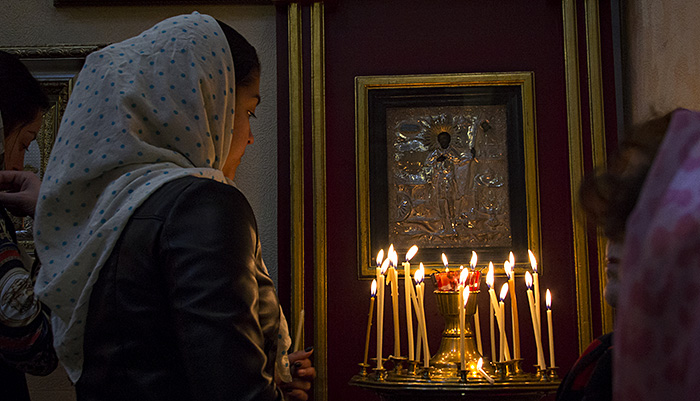 Inside an orthodox church, next to the Ascension Cathedral. The majority of the population in Kazakhstan is Muslim while about a quarter are Orthodox Christians because of the Russian community.
Inside an orthodox church, next to the Ascension Cathedral. The majority of the population in Kazakhstan is Muslim while about a quarter are Orthodox Christians because of the Russian community.
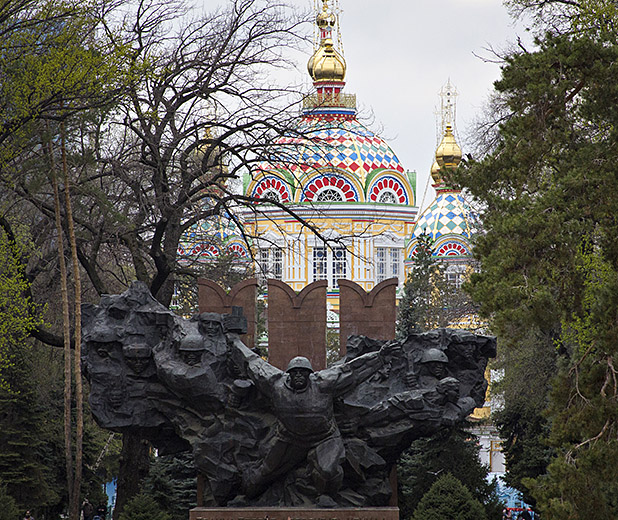 A war monument with the Ascension Orthodox cathedral in the background. During the Second World War much of the war production was moved to these regions, far from the front. Here were quickly and secretly built many of the tanks that will after carry out the counteroffensive that will free Europe from the Nazi domination.
A war monument with the Ascension Orthodox cathedral in the background. During the Second World War much of the war production was moved to these regions, far from the front. Here were quickly and secretly built many of the tanks that will after carry out the counteroffensive that will free Europe from the Nazi domination.
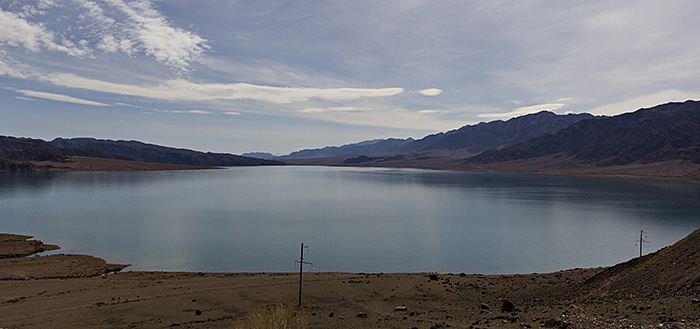 From Almaty I arrived by land in Kyrgyzstan, which is located just to the south. The Kyrgyzstan is a largely mountainous country and when traveling you often encounter spectacular scenery, snowy mountain ranges, rivers and lakes.
From Almaty I arrived by land in Kyrgyzstan, which is located just to the south. The Kyrgyzstan is a largely mountainous country and when traveling you often encounter spectacular scenery, snowy mountain ranges, rivers and lakes.
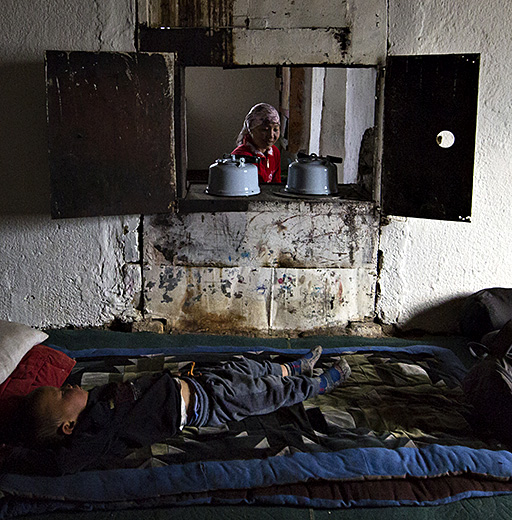 After visiting the capital, Bishkek, where there is not much to see, I did a three-day horseback tour to reach Lake Song Kul. Besides me there was an American man, the girl who organized the tour and the guide. On the first night we stopped in a farmers’ house.
After visiting the capital, Bishkek, where there is not much to see, I did a three-day horseback tour to reach Lake Song Kul. Besides me there was an American man, the girl who organized the tour and the guide. On the first night we stopped in a farmers’ house.
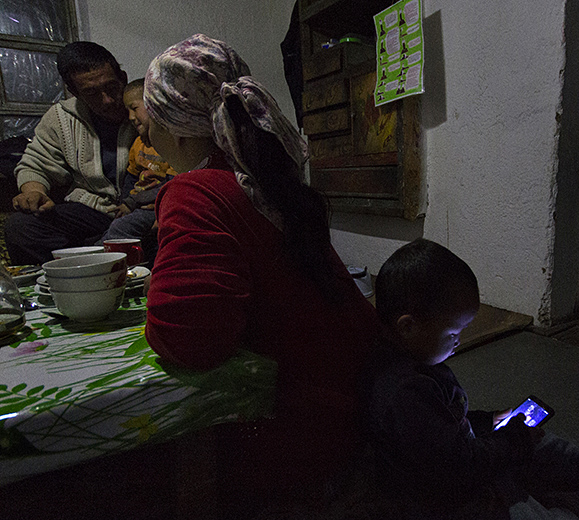 Inside the house. Their economy is very essential. The cooking stove also serves to heat the house. Most of what they eat is produced directly by them.
Inside the house. Their economy is very essential. The cooking stove also serves to heat the house. Most of what they eat is produced directly by them.
(Video)
The second day of the tour was very hard, especially for the cold. Actually I had read that in April it is still too cold for that tour but the girl who organized it had assured me. If at least she had told me the truth I would have been better prepared. Instead, I found myself at 3400 meters without even gloves and scarf. The most dramatic moment was when, as we passed on a ridge, the organizer’s horse stopped walking and sat on his legs and the guide decided it was too dangerous to continue riding in that point because we were next to the precipice. So we continued on foot and because it had snowed a lot in some places the snow reached my knees. I was wearing sneakers and jeans, which of course got soaked. That dorsal seemed never ending, I was really on the edge of strength, a little more and I would have saw a yeti. But even after I got back on the horse it was not easy because the snow sometimes reached its belly and therefore it had difficulty on walking, often slipped, jumped and it was a stressful situation.
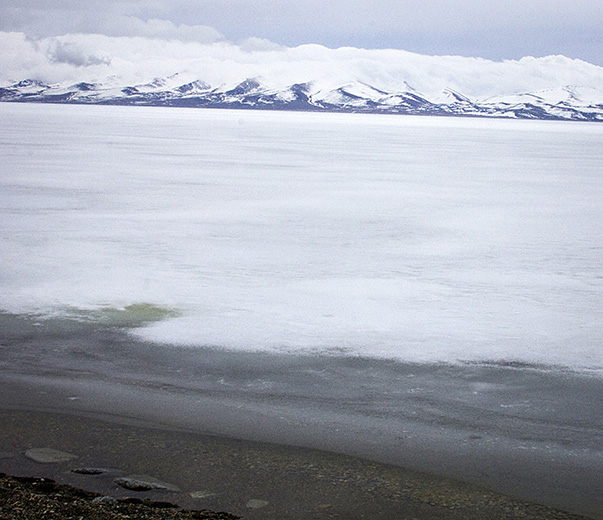 Finally we arrived at the Lake Song-Kul, which is just over 3,000 meters and was still completely frozen. The weather was a little warmer and there was no longer that icy wind.
Finally we arrived at the Lake Song-Kul, which is just over 3,000 meters and was still completely frozen. The weather was a little warmer and there was no longer that icy wind.
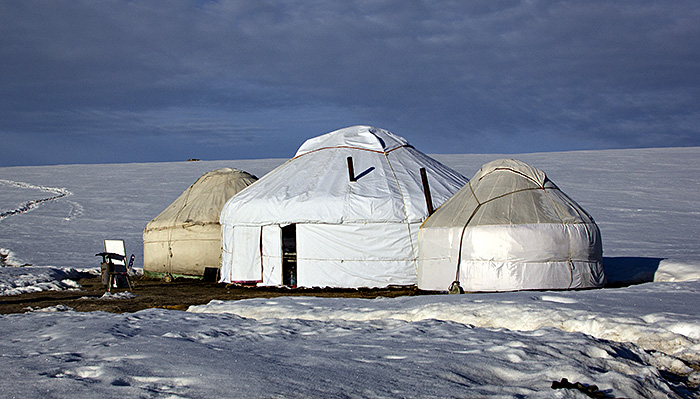 Home Sweet Home! The yurt, the typical house in the mountains of Kyrgyzstan. Here we slept the second night. Yurts are usually made up of a single tent. In this case the central tent served as a kitchen and living room and the other two as bedrooms.
Home Sweet Home! The yurt, the typical house in the mountains of Kyrgyzstan. Here we slept the second night. Yurts are usually made up of a single tent. In this case the central tent served as a kitchen and living room and the other two as bedrooms.
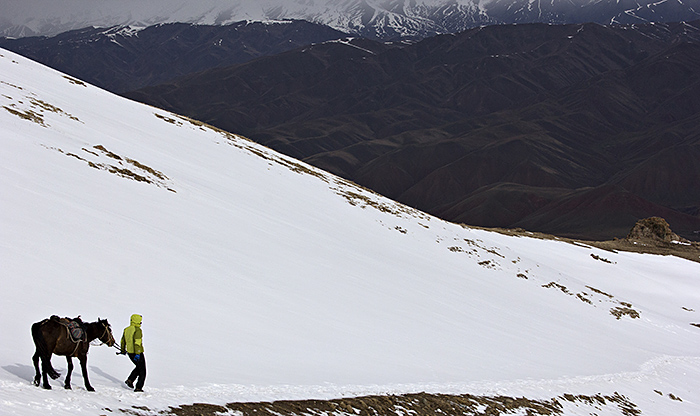 The night before I had a sore throat and I had chills, I think because of the fever since the yurt was very hot inside. Since we had to go through the ridge again at 3400 meters I was worried about getting there in those conditions, especially if it would have been again very cold. But luckily the next day I was already well and it was a relatively warm day. This is part of the ridge of the day before, the snow was much lower.
The night before I had a sore throat and I had chills, I think because of the fever since the yurt was very hot inside. Since we had to go through the ridge again at 3400 meters I was worried about getting there in those conditions, especially if it would have been again very cold. But luckily the next day I was already well and it was a relatively warm day. This is part of the ridge of the day before, the snow was much lower.
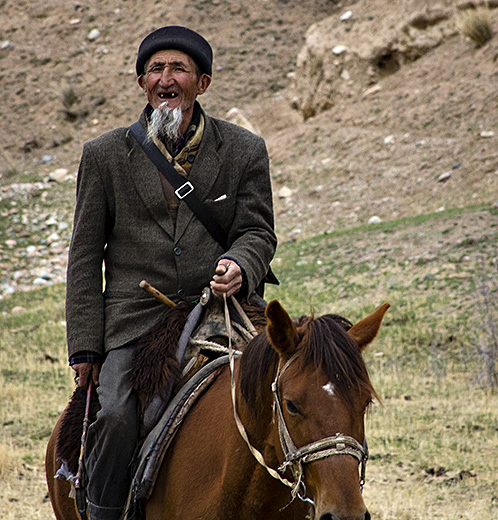 A distinguished old man on horseback.
A distinguished old man on horseback.
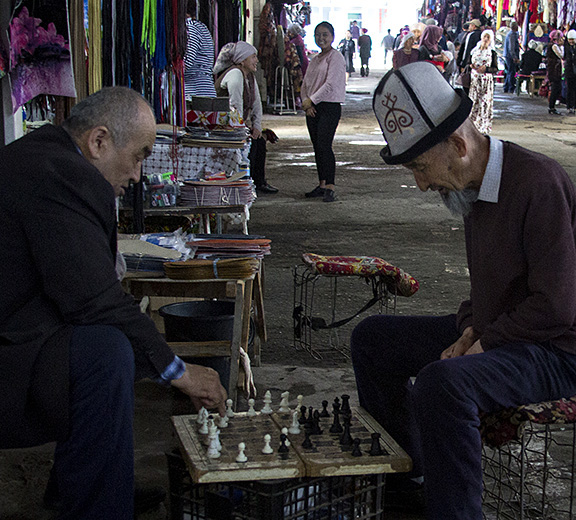 Men playing chess at the market of Osh, the second largest city in Krygistan. This market has been here for over 2000 years and was one of the major markets of the Silk Road, the network of commercial paths from China to Rome, with branches up to India, Arabia, East Africa and Southeast Asia, of which this region was the heart.
Men playing chess at the market of Osh, the second largest city in Krygistan. This market has been here for over 2000 years and was one of the major markets of the Silk Road, the network of commercial paths from China to Rome, with branches up to India, Arabia, East Africa and Southeast Asia, of which this region was the heart.
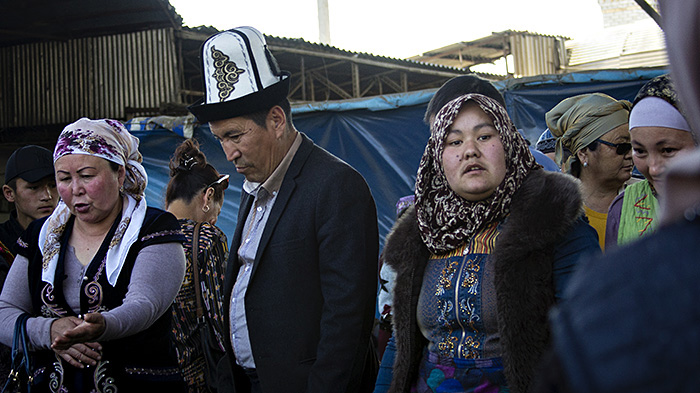 People at the market. I guess you have noticed the typical hat of this place.
People at the market. I guess you have noticed the typical hat of this place.
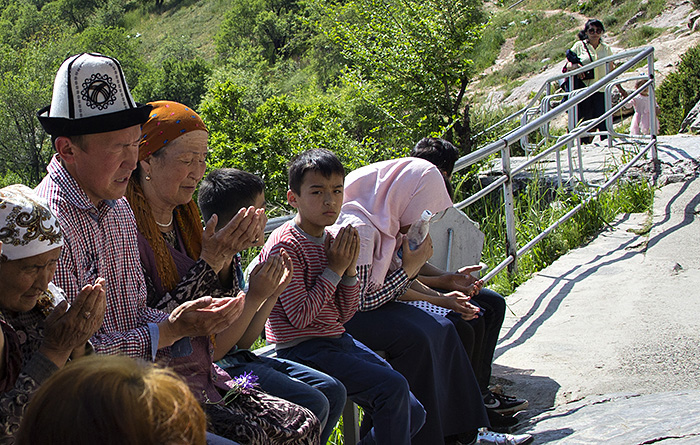 People pray on the path that runs alongside the Sulaiman-Too, a mountain that overlooks the city and is considered sacred since unmemorable time. It is also according to many historians the “Stone Tower” which marked the central point of the Silk Road.
People pray on the path that runs alongside the Sulaiman-Too, a mountain that overlooks the city and is considered sacred since unmemorable time. It is also according to many historians the “Stone Tower” which marked the central point of the Silk Road.
In this photo people was praying in front of a small low cave. Women went in and out the cave almost crawling because they believe brings good luck for the motherhood. At another point of the route, people was slipping on a smooth rock hoping for a good health.
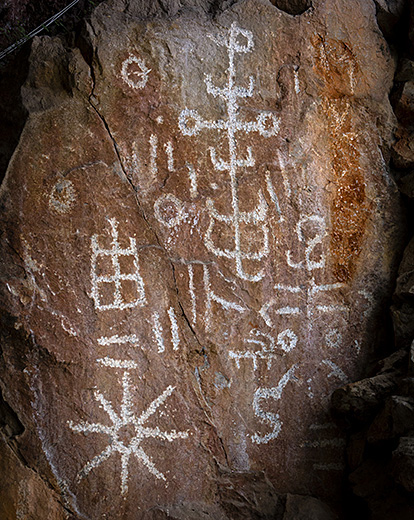 Scattered in the caves of the Sulayman mountain are petroglyphs that date back to the Bronze Age. This is located just inside the Sulaiman-Too museum, created by digging a cave inside the rock.
Scattered in the caves of the Sulayman mountain are petroglyphs that date back to the Bronze Age. This is located just inside the Sulaiman-Too museum, created by digging a cave inside the rock.
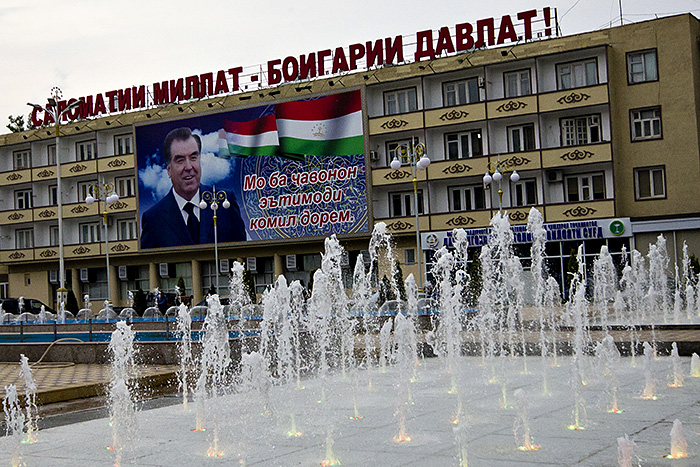 From Kyrgyzstan I went by land to Khujand in Tajikistan, the poorest and smallest of the five nations. It is a very mountainous country, on average above 3000 meters. The man in the picture is the current president since the collapse of the Soviet Union. But let’s not say that there is no democracy. It is difficult to do 200 meters in a street without finding a picture of him.
From Kyrgyzstan I went by land to Khujand in Tajikistan, the poorest and smallest of the five nations. It is a very mountainous country, on average above 3000 meters. The man in the picture is the current president since the collapse of the Soviet Union. But let’s not say that there is no democracy. It is difficult to do 200 meters in a street without finding a picture of him.
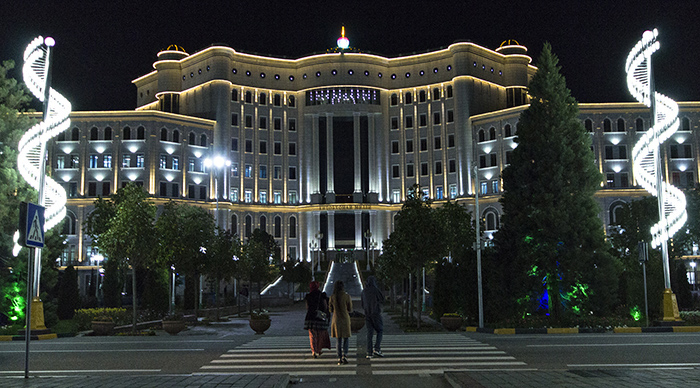 From Khujand I arrived to the capital Dushanbe, with a collective taxi (the vehicle I am using most often in these parts) through a mountain road as spectacular as dangerous.
From Khujand I arrived to the capital Dushanbe, with a collective taxi (the vehicle I am using most often in these parts) through a mountain road as spectacular as dangerous.
This is the National Library. In the last 10 years many buildings have been built on the main street of the city and in the park around. Although sometimes a bit kitsch, they are in general beautiful and it is very pleasant and relaxing to walk around its center.
All the Central Asia countries are having an economic recovery in these years, after the collapse suffered in the years following the collapse of the Soviet Union. They are starting to exploit the various natural resources of which they are rich. In the case of Tajikistan it is mainly the water.
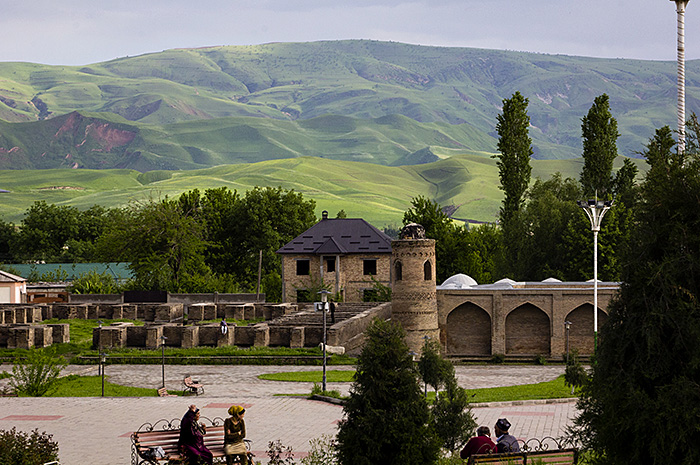 Hisor, a town that was an important landmark on the Silk Road.
Hisor, a town that was an important landmark on the Silk Road.
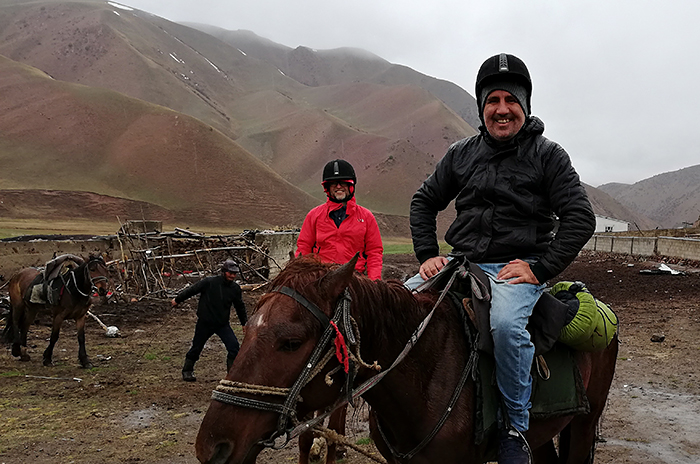 At the market a Lady looked at me in a strange way. But I know who she is. She is the Death and she came for me. Now I take the fastest horse (mhm, not so sure about that) and run away from her to…
At the market a Lady looked at me in a strange way. But I know who she is. She is the Death and she came for me. Now I take the fastest horse (mhm, not so sure about that) and run away from her to…
I don’t know if you have understood which story I am referring to, but I will talk about it in the next post. In the meantime I do some superstitious gestures because I don’t want to bring bad luck to myself.























































